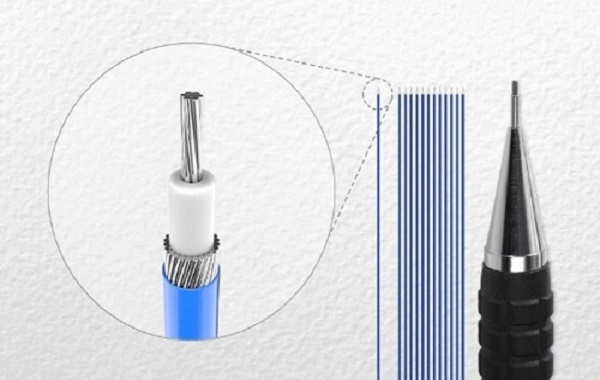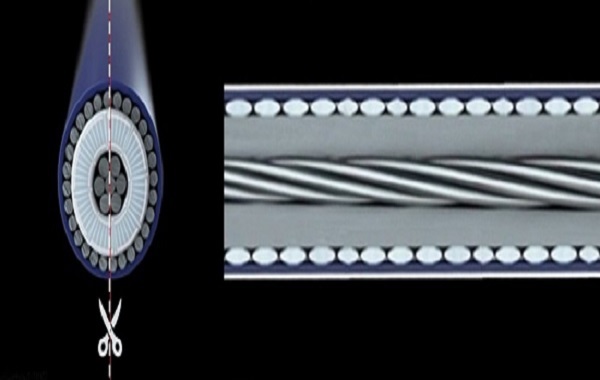With the rapid development of cloud computing, data centers, 5G communication, and high-end medical equipment, data transmission speed continues to increase. High-speed signal transmission systems have higher and higher requirements for signal integrity (SI). High-speed twinaxial and micro-coaxial cable components are widely used in servers, switches, medical imaging, and high-end consumer electronics due to their excellent high-frequency transmission characteristics. Understanding the main loss types of high-speed cables and optimization methods is an important prerequisite for ensuring system high performance and reliability.

The main types of loss in high-speed cables
In high-speed cable design and application, insertion loss, return loss, and voltage standing wave ratio (VSWR) are the core indicators for evaluating signal transmission performance.
Insertion Loss
Insertion loss refers to the energy attenuation caused by the transmission medium of the cable during the transmission process from the transmitting end to the receiving end, which is usually expressed in dB. The main influencing factors include:
Conductor size: the finer the central conductor, the greater the loss.
Cable Length: The longer the length, the higher the insertion loss
Frequency effect: High-frequency signals exhibit a significant skin effect, with current concentrating on the surface of the conductor, reducing the effective cross-sectional area for transmission and thereby increasing losses.
2. Return Loss
Echo loss represents the signal energy reflected back due to impedance mismatch. The higher the echo loss value, the less reflection there is, and the better the signal integrity. Its main causes include:
Connector and solder joint impedance discontinuity
• Uneven internal structure or assembly of the cable
VSWR (Voltage Standing Wave Ratio)
VSWR measures the energy ratio between the forward wave and the reflected wave in the system. The closer the value is to 1, the better the system is matched, and the less signal reflection.

Optimization Methods for High-Speed Cable Loss
As data rates continue to increase, controlling losses in high-speed cables becomes particularly critical. Optimization methods include:
Material selection: Use conductors and insulating materials with low dielectric loss and low attenuation.
Cable structure design: Reasonably arrange conductors and shielding layers to reduce crosstalk and reflection
Assembly process optimization: Ensure impedance matching between connectors and cable ports, reduce losses caused by uneven welding and assembly
Automatic production: Adopt high-precision automatic assembly to improve production consistency and reliability
Through these measures, insertion loss, return loss, and VSWR can be effectively reduced, ensuring signal integrity while improving system reliability and lifespan.

High-speed signal cable components play a crucial role in modern data transmission systems. Understanding their loss types, influencing factors, and optimization methods is the core of achieving high-performance and high-reliability transmission. By material optimization, structural design, process control, and automated production, the signal integrity of cable components can be significantly improved, providing a solid guarantee for the stable operation of the system.
I am[Suzhou Huichengyuan Electronic Technology]Long-term focus on the design and customization of high-speed signal cable harnesses and ultra-fine coaxial cable harnesses, committed to providing customers with stable and reliable high-speed interconnection solutions. If you have any related needs or would like to learn more, please feel free to contact:Manager Yin 18913280527 (WeChat same number)。


